Heliarc welding is the initial version of TIG welding or gas tungsten arc welding (“GTAW”). Initially, the name heliarc was used because, as first developed, it used helium as a shielding gas.
Most of the time, when someone says heliarc welding, they are referring to the TIG welding process. However, there still may be some confusion regarding the shielding gas since the heliarc name implies helium.
This article will clear up any misunderstandings by explaining what heliarc welding is, its history, where to use it, and how to address it when you encounter the name.
Is Heliarc Welding Different Than TIG?
Today, there is no difference between TIG and heliarc welding, and they are the same. The American Welding Society (“AWS”) officially uses the GTAW term for TIG welding. But heliarc, TIG, and GTAW are just different names for the same welding process.
Older welders mainly use the heliarc term because this was the original name used for the TIG welding process. But most younger welders won’t even hear the word heliarc welding until an older welder brings it up.
However, some may refer to TIG welding as heliarc because they want to emphasize that the TIG welding process should use helium as the shielding gas. So, this can cause some confusion.
If your employer, a client, or an engineer’s welding procedure specification (“WPS”) specifies heliarc welding, ask if they want you to use 100% helium as the shielding gas. If the shielding gas is otherwise specified, there is no reason to ask about the matter. They simply referred to TIG welding as heliarc welding.
Who Invented Heliarc Welding?
Russell Meredith of Northrop Aircraft perfected the first attempts of a gas shielded welding process developed for welding magnesium and created an efficient, repeatable welding technique called heliarc.
Meredith named the process heliarc welding because it relied on a tungsten electrode for arc and inert helium gas to shield the weld pool from atmospheric contamination. But the process doesn’t have to use helium. So, TIG (tungsten inert gas) and GTAW (gas tungsten arc welding) became the norm as these names are more inclusive.
Most of the original heliarc welding setups used water-cooled torches. But air-cooled torches were also employed for low amperage welding.
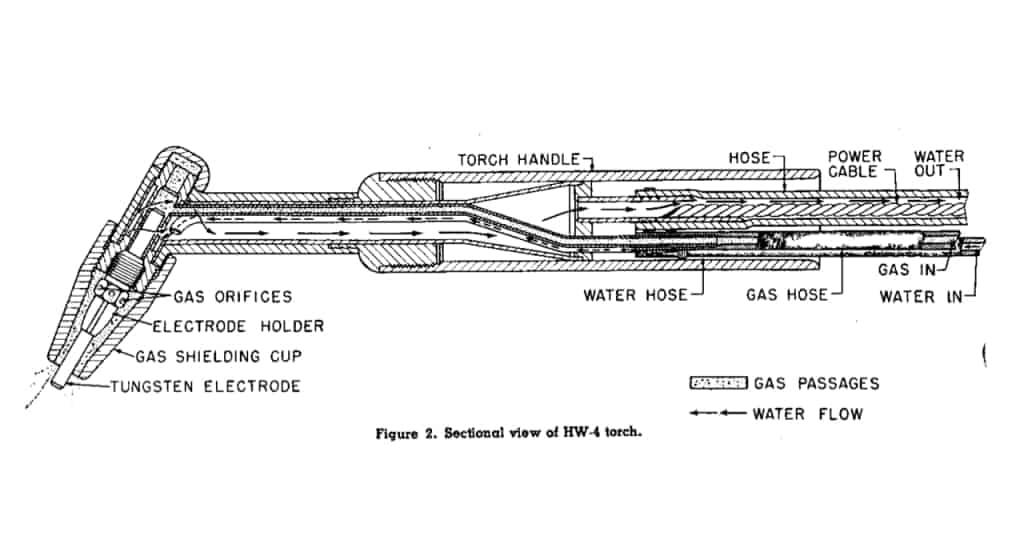
Image source: Canadian Metals and Metallurgical Industries, January 1947.
Why Heliarc Welding Was Invented
The heliarc welding process was one of the most crucial welding developments when Russell Meredith patented it in 1941.
Since TIG welding allows clean, perfect welds on stainless steel and non-ferrous metals like aluminum and magnesium, its development allowed significant advancements in crucial industries like aerospace, food and beverage, shipbuilding, and the military.
The heliarc welding process filled a considerable gap in the manufacturing needs of the United States. There were many attempts to achieve arc welding with non-consumable electrodes protected by a shielding gas. Russell was the first to create a sustainable process that worked every time.
Here are some historical facts printed around the time of the heliarc’s inception:
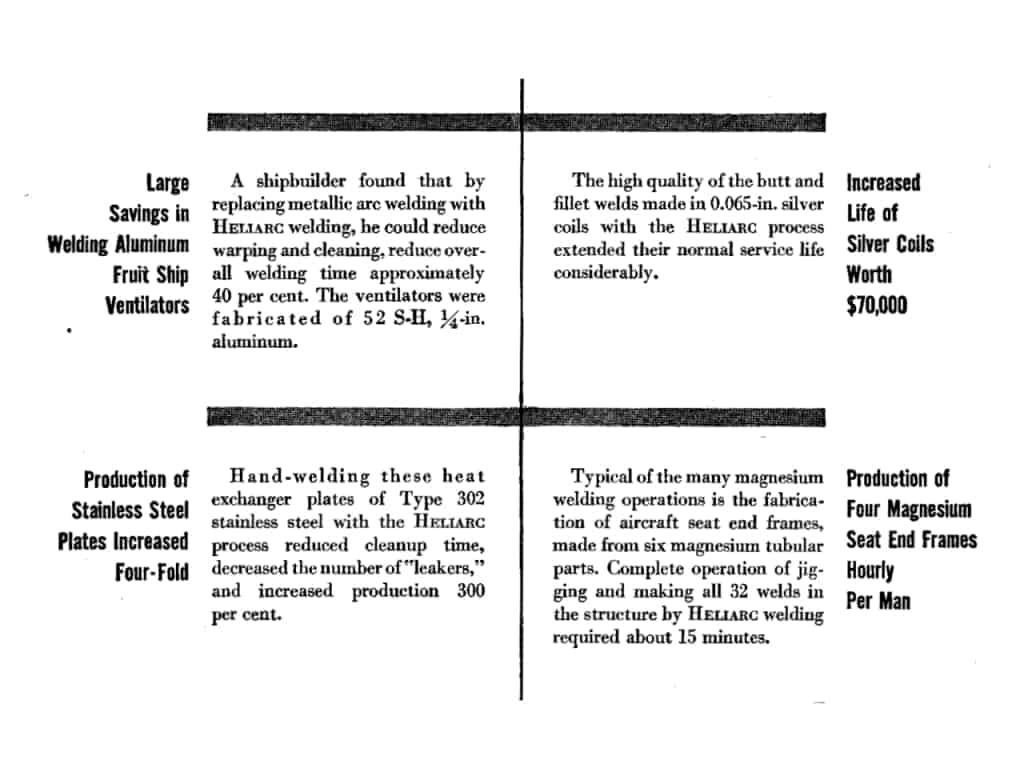
As the print above suggests, heliarc welding improved fabrication left and right at an unprecedented scale. Imagine if today, a new welding process was invented that enhances productivity by 300%. That would be groundbreaking, and at the time, heliarc moved all known boundaries.
The Importance of Heliarc (TIG) Welding
At the time, the invention of heliarc was so crucial that the 32nd U.S. President Franklin D. Roosevelt was briefed about it. He even bragged about the heliarc innovation in a letter to Winston Churchill. It isn’t easy to comprehend the manufacturing and economic leap that heliarc made possible.
The heliarc process was simple at first glance. A non-consumable tungsten electrode conducted electricity and created an arc with the metal while protected by an inert gas. But it allowed perfect metal joining. This advancement echoed throughout the economy because airplanes and ships could not be built at a scale never before seen.
Furthermore, some of the critical moments in the world’s history would have never been possible without the TIG welding process. For example, the Apollo 11 mission that landed the first humans on the Moon used the Saturn V SA-506 rocket, which was hand welded using the GTAW process.
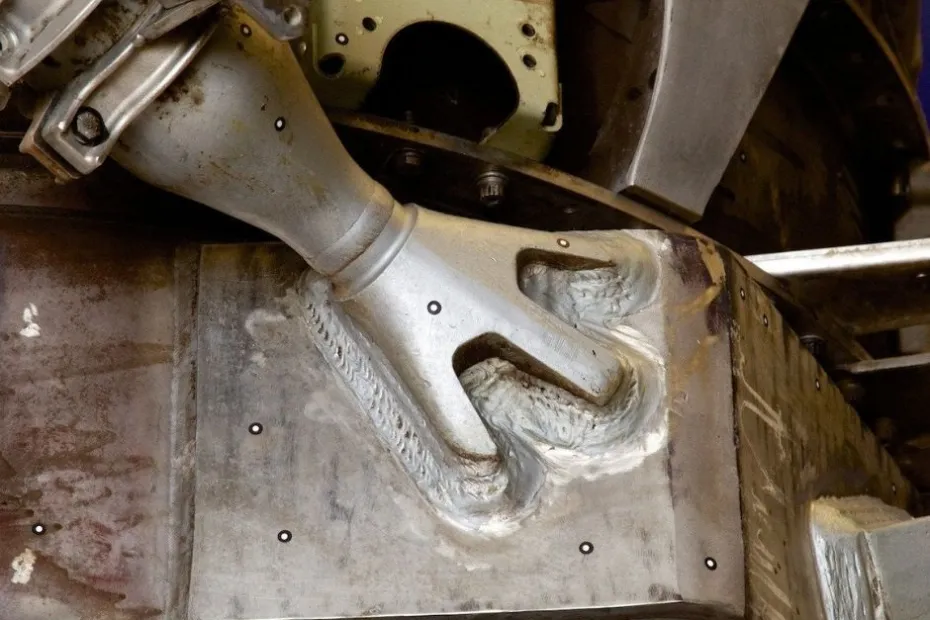
Source: https://apollo11space.com/welding-apollo-rockets/
Skilled TIG welders worked day and night to create perfect welds that had to endure severe spaceflight conditions. The TIG welding process was one of the crucial technologies that made the moon landing possible.
Interestingly, a woman, Margaret Brennecke, was NASA’s best welding engineer on the Apollo 11 project. At the time, this broke the social norms. She was the leading welder responsible for crafting the cryogenic fuel tanks. During the rocket’s launch, enormous heat concentrated on these tanks, and the tank welds needed to survive brutal conditions like heat, vibration, friction, and internal and external loads.
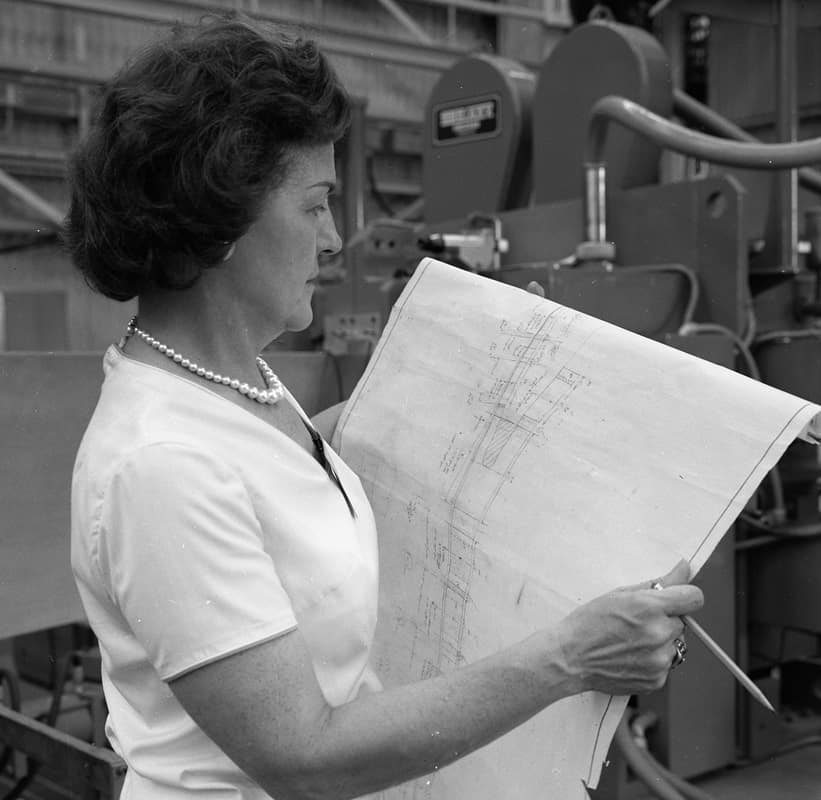
Where is TIG Welding Used
Today, it’s impossible to imagine a world without TIG welding. Sure, industries of every stripe employ various welding methods. But, the TIG process still reigns supreme, especially after numerous iterations and improvements.
Manual or robotic TIG welders offer so many functions nowadays that it requires significant experience to utilize the process fully.
GTAW is used in the aerospace, marine, food and beverage, energy, transportation, fabrication, and pipeline industries. It’s primarily applied where the weld quality is vital, especially for welding non-ferrous materials.
Just like the Saturn rocket of old, SpaceX’s modern rockets are also TIG welded manually. But today, SpaceX uses a heavily modified TIG welding process beyond this article’s scope.
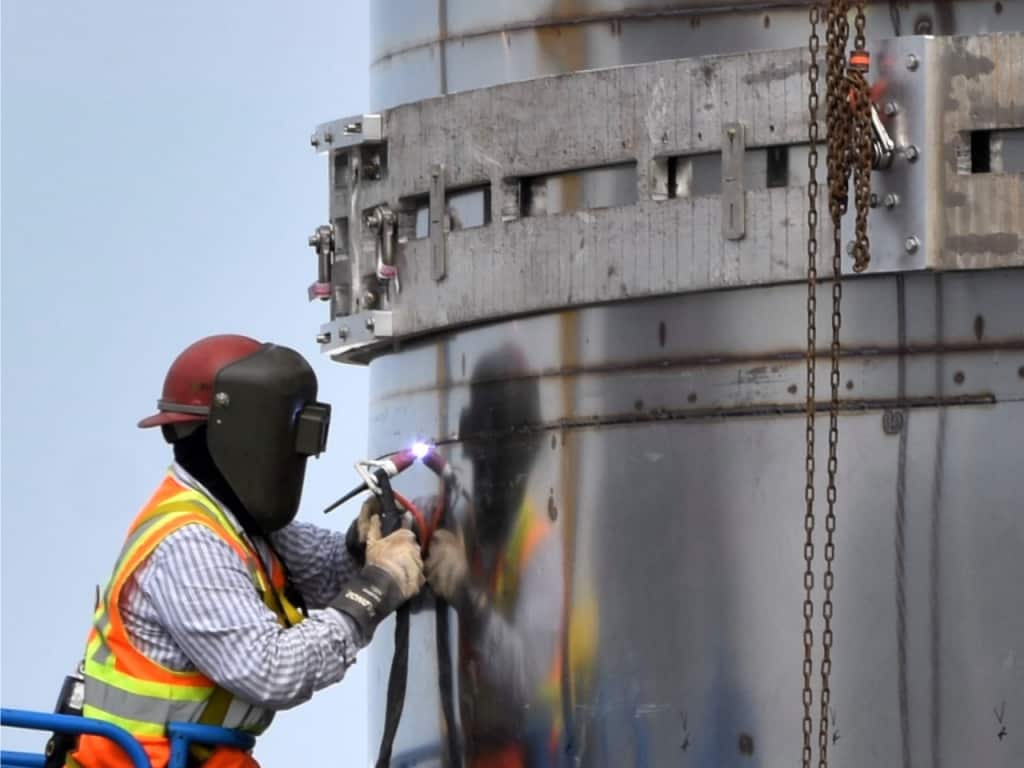
Source: nasaspaceflight.com
TIG Welding Advantages
TIG welding produces strong, clean, beautiful welds. It’s the least likely arc welding process to experience impurities or weld inclusions. Additionally, it can weld almost every metal, especially those commonly used in manufacturing, including all types of steel, irons, aluminum, magnesium, copper, brass, silver, and gold.
Also, GTAW offers users the highest arc and heat input control of all arc welding processes. Modern inverter-based TIG power sources offer pulse technology and different waveforms, which maximize your control of the heat input and arc shape.
TIG Welding Disadvantages
Like all welding techniques, TIG welding is not without cons. Compared to MIG or stick welding, the GTAW is slow and requires significantly more time and effort to master.
To achieve perfect TIG welds, you need to manipulate the TIG torch in one hand, a filler metal rod in the other hand, and efficiently use a TIG foot pedal for amperage output control. It takes a while to become a professional TIG welder.
Plus, developing a “feel” for advanced TIG controls like pulse-TIG, AC balance, amplitude control, frequency, and waveform selection takes a long time because you must first practice using settings many times.
Still, most hobbyists can learn the basics of the TIG welding process in a couple of days. But, to be entrusted with critical jobs, you must pass the AWS TIG welding certification tests, which are no picnic.
It may take six months or a year of training to become a good TIG welder, and getting the certifications is only your first stepping stone. You must have years of experience before you are allowed to weld sensitive parts of airplanes, ships, pipelines, or buildings.
Wrapping It
The TIG welding process, or heliarc as known at its inception, is one of the basic blocks of the world as we know it. Without heliarc, there would be no moon landing or large-scale ship and plane production. It is hard to overstate its importance, and the widespread use of materials like aluminum and stainless steel became possible with the strong, clean welds produced with the heliarc process.
Precision TIG welders today earn salaries higher than any other arc welding specialists. The closest competitors are SMAW pipeline welders because this profession requires experience while working in harsh conditions.
You can learn TIG welding yourself. But to truly master it, learn from a professional or join a welding school. The GTAW welding process will be hard to dethrone and will stay relevant into the foreseeable future.
